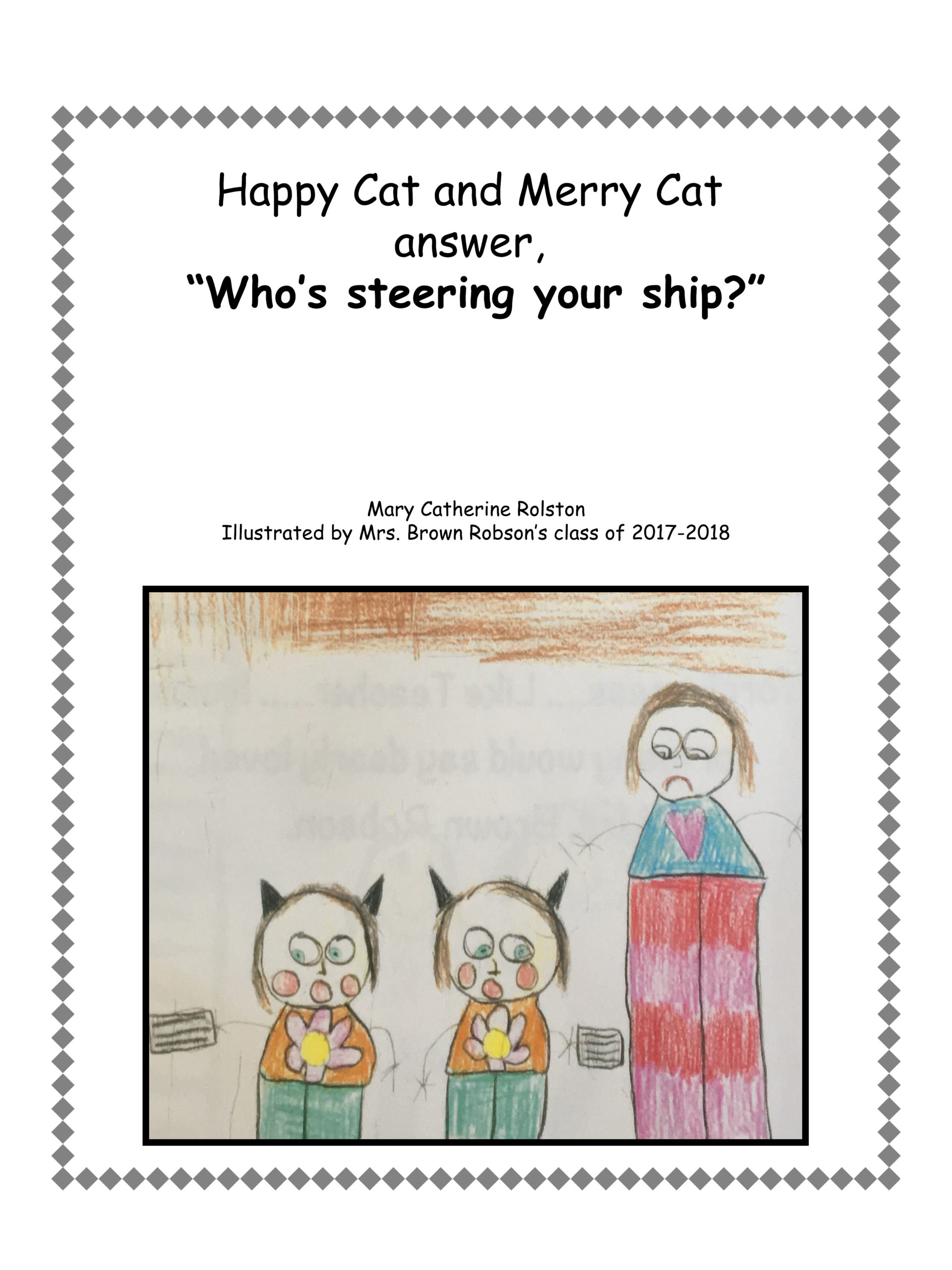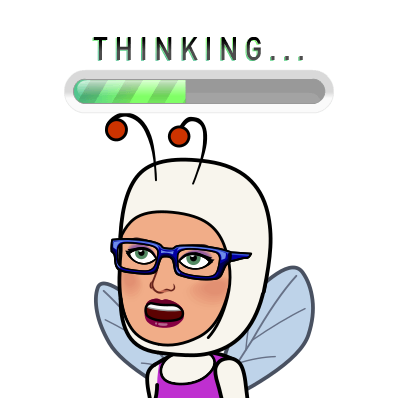Happy Cat and Merry Cat answer, “Who’s steering your ship?”
Happy Cat and Merry Cat are two playful girls who see joy, humour and adventure in everything. Their abundant energy and courage propel them to to test limits. This doesn’t always sit well within the structure of routine and rules of a classroom. See what happens when Happy Cat’s and Merry Cat’s exuberant choices in the classroom bring consequences that cause them to reflect and change their behaviour. It was been written with rhyming couplets.

The front cover of Happy Cat and Merry Cat answer, “Who’s steering your ship?”
Inspiration for the Story
This story was inspired by Mrs. Brown Robson’s grade 4 classroom that had read the first Happy Cat and Merry Cat story and prepared a review for the back cover. They requested that they would like to see more Happy Cat and Merry Cat stories. Unbeknownst to them I had already written another story about the girls turning into cats, however, given their request and that their teacher was retiring at the end of the year, I was inspired to write this third story about the girls set in the classroom. In this story I wanted to feature Mrs. Brown Robson’s magical , Mary Poppins style of teaching, which encourages students to be independent, make effective choices and take responsibility for their actions. This story greatly reflects Dr W Glasser’s Choice Theory in action.


About the Illustrator
This story was initially illustrated by the students in Mrs. Brown Robson’s class, after which I inset the drawings and had booklets printed for each student as a souvenir of their year with this fabulous teacher. It was my retirement gift/tribute to my friend. I then decided this story would be a great drawing-story for students in the classroom or for parents for their children at home. All you have to do is print off the pages, make your own booklet then your child can read and illustrate the story.
Guide for Reading: PRC
Predictions, Reflections, and Connections
Predictions
Predicting is an essential tool when developing as a strong reader. This story has been written to hook the young audience in engaging in predictable events.


Reflections
Reflecting throughout a book makes the story extra personal and come alive. It reflects a reader’s level of comprehension. A more thoughtful and complex reflection and connection reveal a higher understanding of the story. They also help reinforce one’s memory sequence which forms the basis of a retelling with more detail and reference to nuance. A simple and literal retelling reflects a more simplistic understanding.
Connections
Making connections facilitates a deeper understanding of a story through making inferences, noting details and relating them to prior information. It is seeing, linking, and articulating other topics and events to the story. The reader is applying this reading experience to other learned information. Often when making connections the reader will arrive at exciting new insights that extend beyond the literal story.


